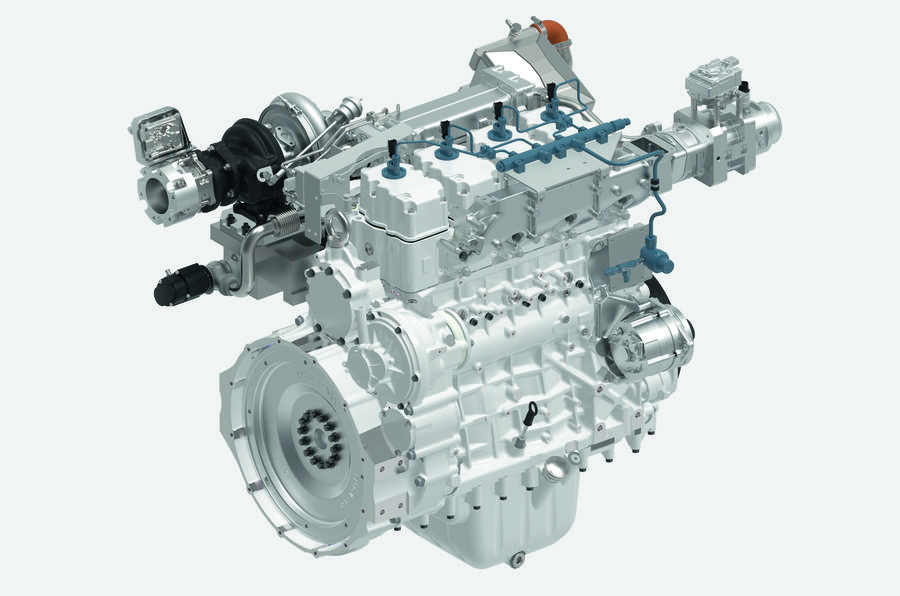Hydrogen technology is continuing to make progress.
The development of hydrogen engines that to all intents and purposes are free of both toxic and CO2 emissions at the tailpipe continues to make progress. The latest news is that Mahle, alongside Swiss firm Liebherr Machines Bulle, has devised a new method of injecting and combusting hydrogen into a piston engine that dodges the usual problem of unstable combustion causing pre-ignition and detonation.
Hydrogen contains no carbon and no hydrocarbons, so the only unwanted emissions it can produce is NOx, which occurs when nitrogen in the air is oxidised at high temperatures. For hydrogen to produce enough power, the engine must run at a very high compression ratio, but to avoid those high combustion temperatures, the hydrogen must also be diluted with large amounts of air. The combination of an air-rich mixture of hydrogen and air is what can cause that troublesome unstable ignition. One way of avoiding it is to reduce the compression ratio, but then, in one of those rock-and-a-hard-place situations, the engine becomes inefficient, producing less power for the amount of fuel burned.
That’s where Mahle has come in with its Mahle Jet Ignition (MJI) system, which was originally developed as an idea for boosting the efficiency of a petrol hybrid powertrain. MJI is a spark-ignition pre-chamber combustion technology comprising a small chamber within the main combustion chamber into which the tip of a fuel injector and the tip of the spark plug protrude. A small quantity of hydrogen is injected into the pre-chamber and ignited by the spark, just as the full charge in the main combustion chamber is fully compressed and ready to be ignited.
The main charge is extremely diluted (lean), remember, and were it directly ignited by a conventional electrical spark as usual, unstable ignition could be the result. Instead, the mixture of hydrogen and air in the pre-chamber combusts and fires high-temperature gas plasma through small nozzles into the main combustion chamber. The intensity and spread of the hot gas ensure the main charge burns completely, uniformly and efficiently without the need to reduce the compression ratio.
In the world of automotive, what goes around eventually comes around. The original liquid-fuel version of MJI isn’t unlike that of Honda’s Compound Vortex Controlled Combustion used by the engine of the original Civic in the 1970s. Now here’s a similar technology being adapted more than 40 years later for the successful combustion of hydrogen in place of petrol.
Liebherr Machines Bulle has been developing the hydrogen version of MJI technology for use in its H966 and H964 engines for heavy-duty construction equipment, but it will be interesting to see if Mahle is able to tempt car makers with the technology as well. Toyota has already been experimenting with hydrogen versions of the GR Yaris engine and both Bosch and Ricardo are also researching its use.
Jesse Crosse






